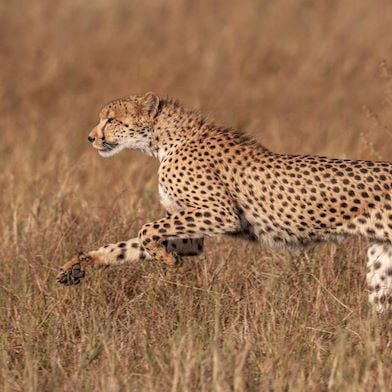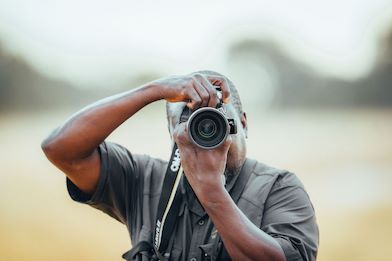Gerhard Thirion is an experienced and knowledgeable private guide who leads fabulous explorations and privately-guided journeys in Namibia. These exciting expeditions and adventurous itineraries allow guests to truly get their feet on the ground and be at one with nature.
For now though, Gerhard will take us on a visual exploration of what these trips offer, through his selection of amazing photos.

One of the best ways of exploring the Namib Desert is by sky. Book your hot air balloon adventure while visiting Wilderness Little Kulala or Wilderness Kulala Desert Lodge.

Our balloon season, run by Namib Sky Balloon Safaris kicks off in February – bookings for this thrilling experience are available at an additional cost and include a delicious champagne breakfast to end off your ride.
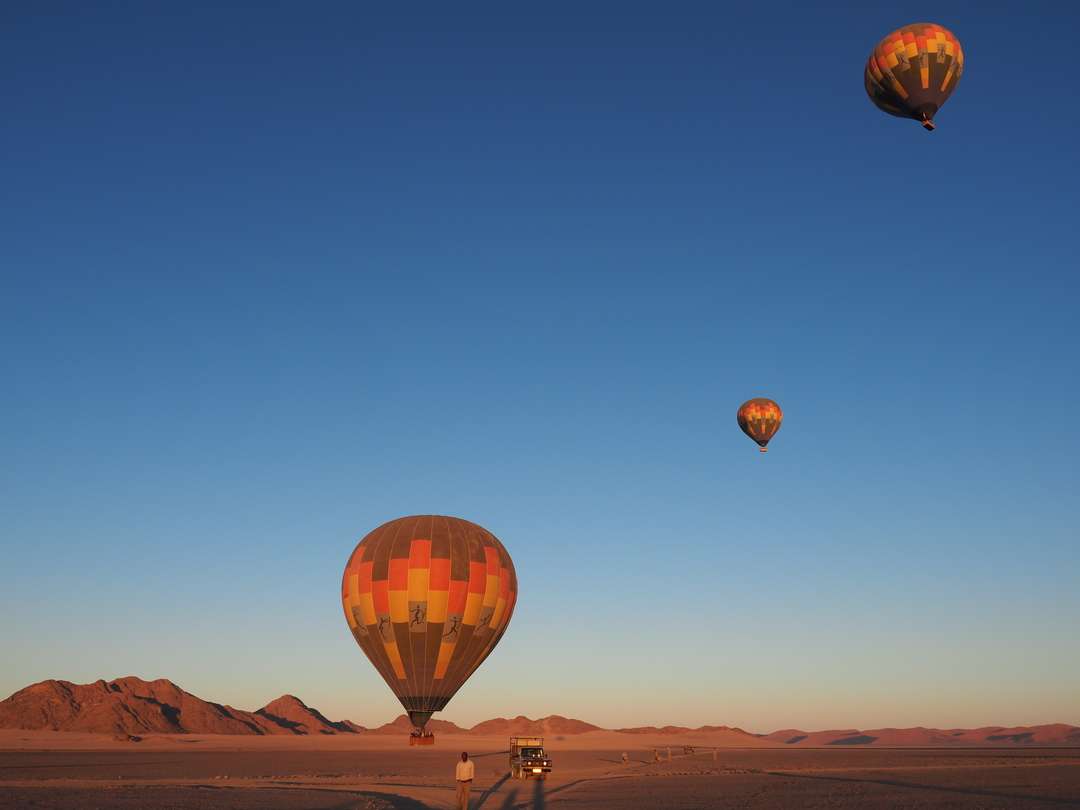
Namib Sky have been taking guests on flying adventures in the Kulala Wilderness Reserve for many years – an unforgettable adventure

Seeing this view from above brings new meaning to why it is called “The Namib Sand Sea”

Namibia is rife with photographic opportunities in a seemingly abandoned world – there is often not another person in sight
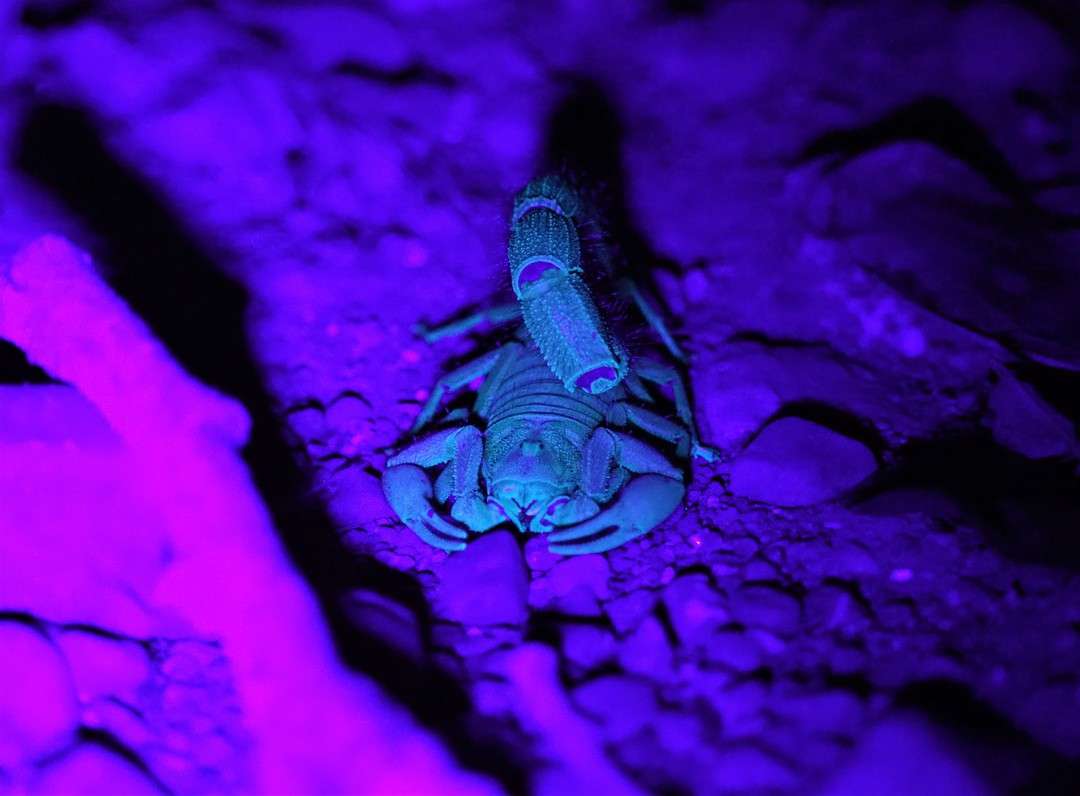
Night walks around Little Kulala are scattered with luminescent scorpions. All scorpions fluoresce under ultraviolet light, the blue-green glow coming from a substance found in the scorpion's exoskeleton.
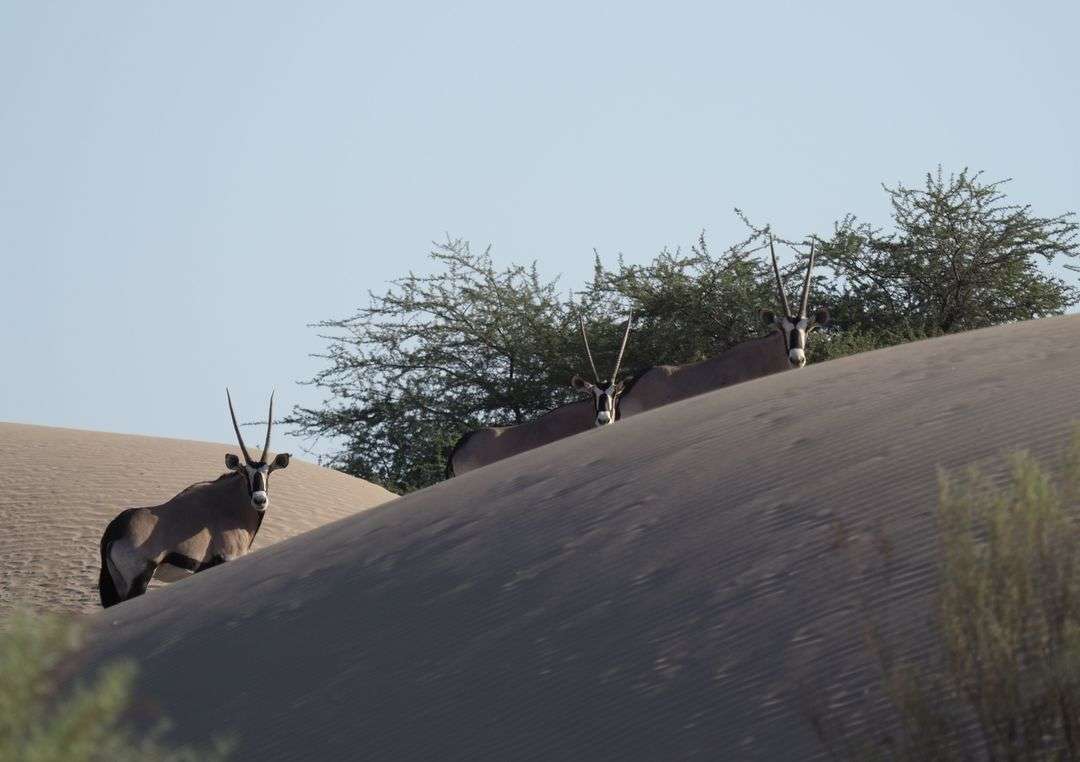
Capturing an oryx on a dune is one of the more iconic images of desert photography
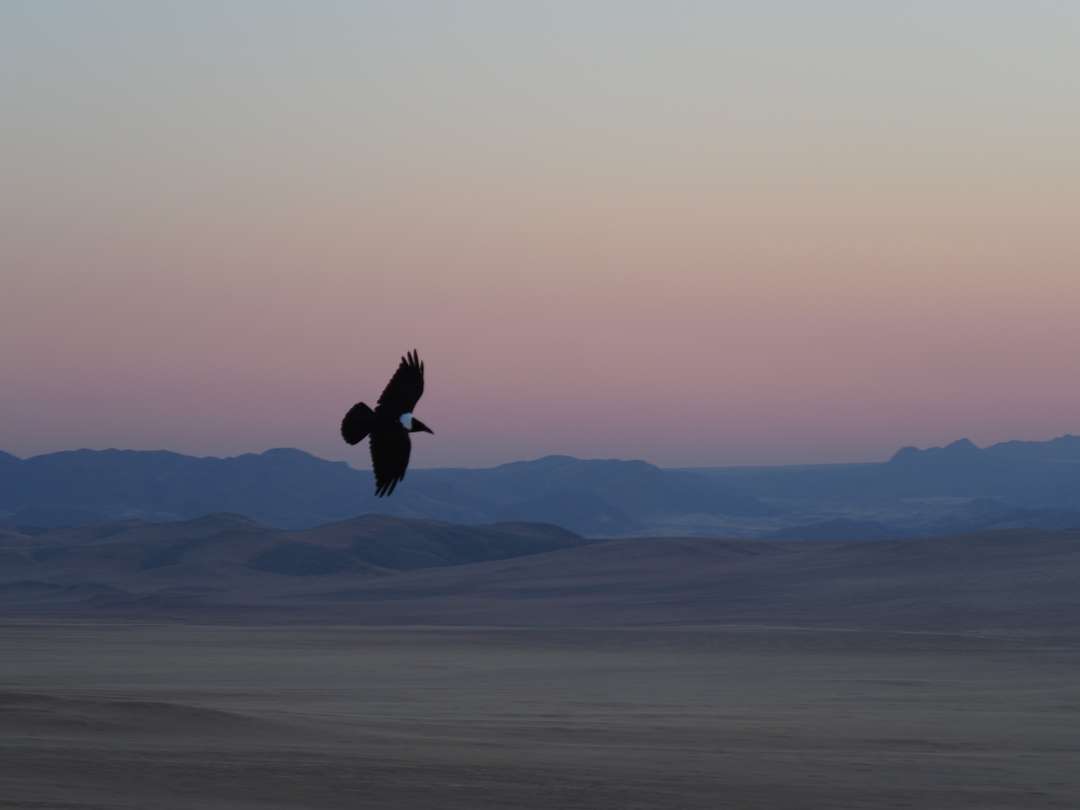
Hot air balloons are not all you might see in the sky over the desert. This solitary pied crow seems to amplify the promise of the living desert.
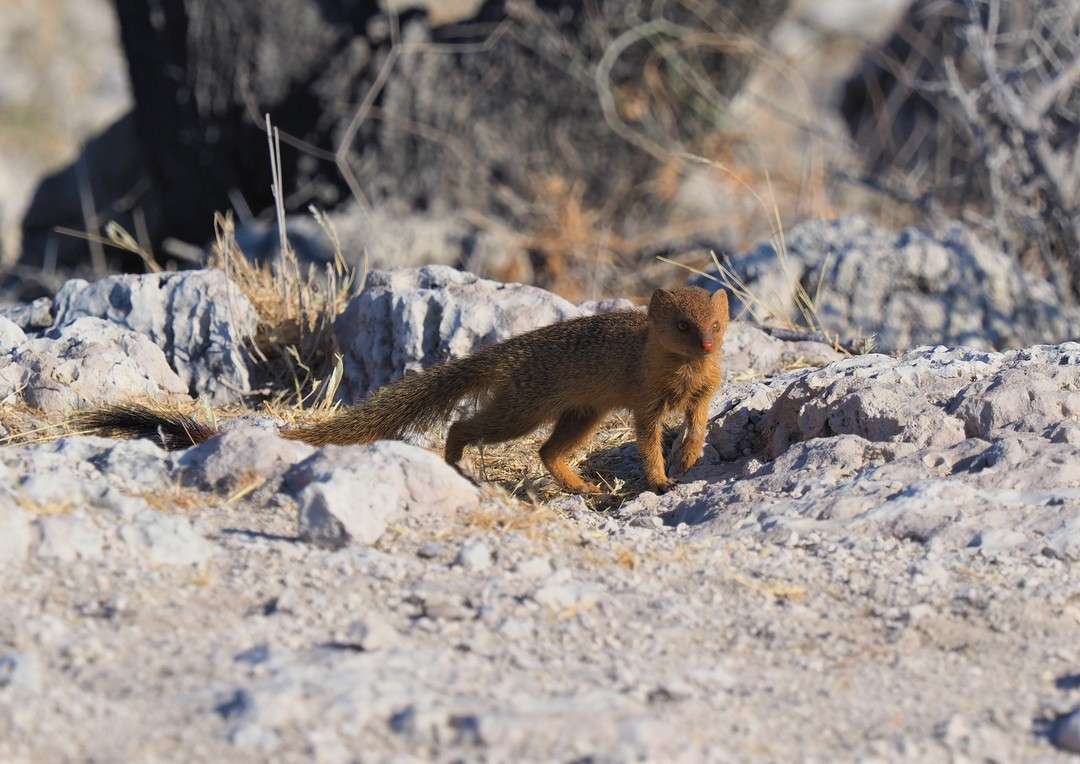
A slowed-down journey through Namibia offers some great highlights along the side of the road, such as this little yellow mongoose
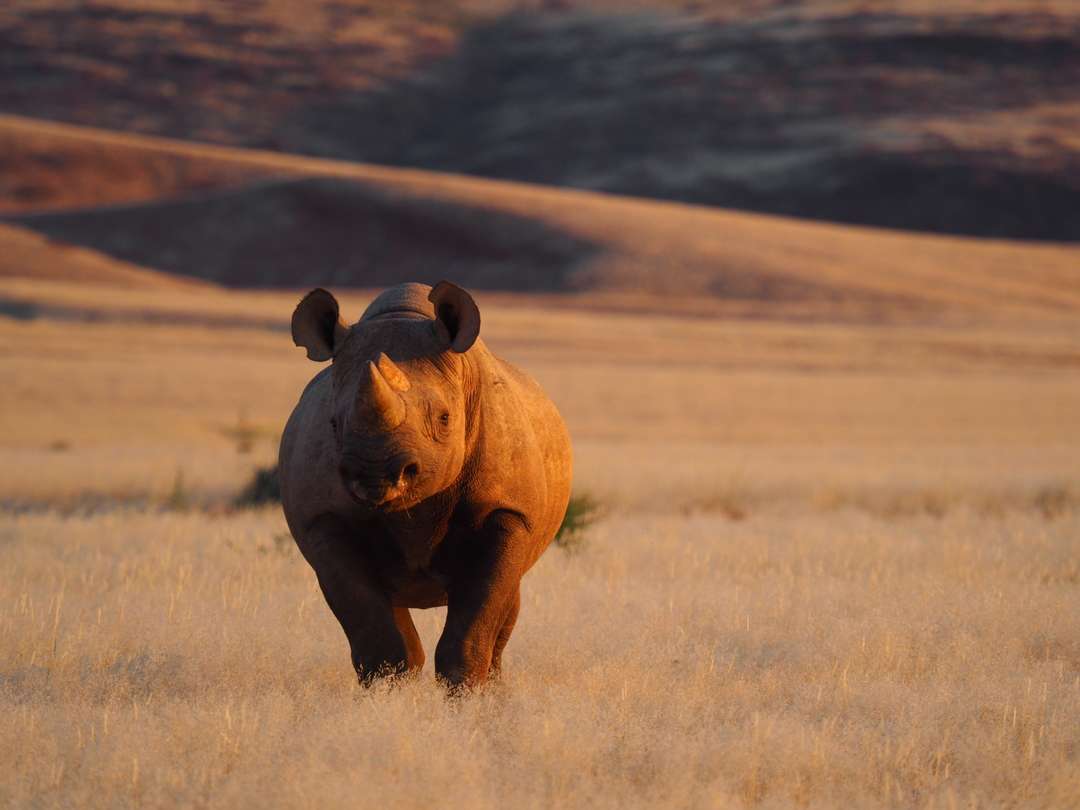
North of Kulala is the dynamic Damaraland – home to some of the last free-roaming desert-adapted rhino. A short stay at Desert Rhino Camp will let you track and experience time up-close with rhino, with the help of Save the Rhino Trust and Wilderness.
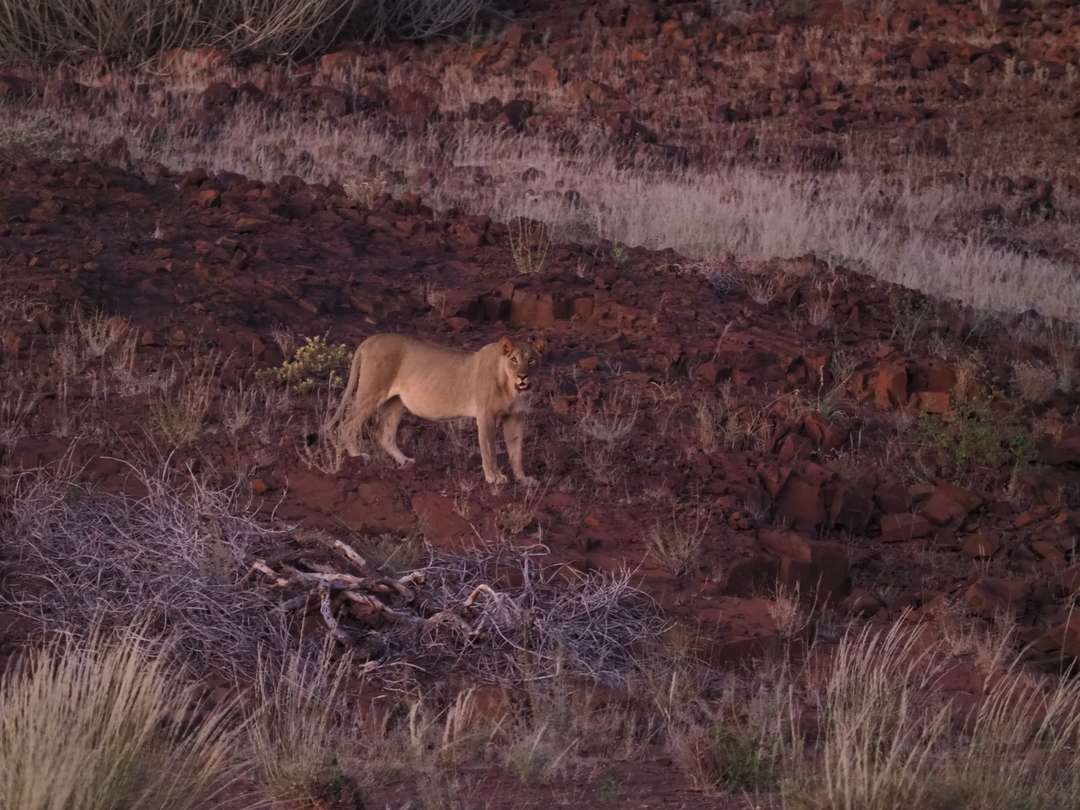
In 1998, Doctor Philip Stander started an intensive research project on the desert-adapted lions of Namibia: the Desert Lion Conservation Project. For more than two decades he has collected sound ecological data and addressed human-lion conflict through his comprehensive conservation strategy. You can learn more about these lions and Flip’s research while staying at Hoanib Skeleton Coast Camp.
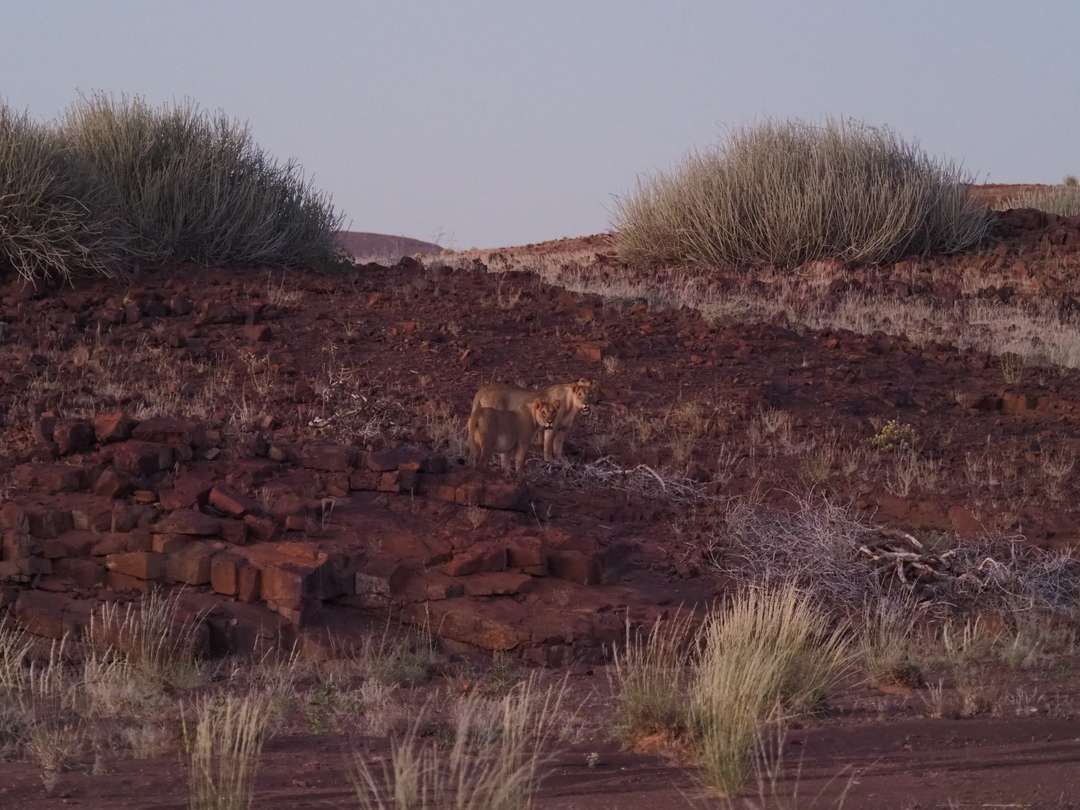
When Dr Stander started out, there were 20 lions in the area. Today, that number is closer to 150.
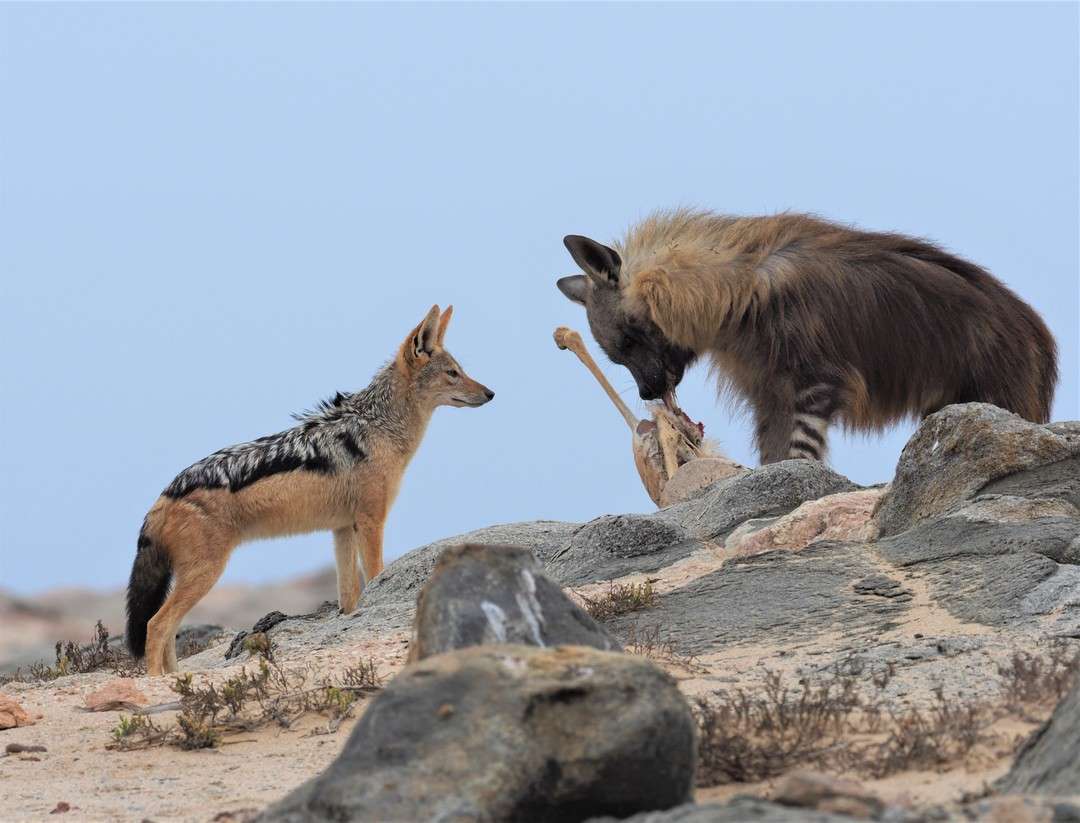
The Skeleton Coast is also home to brown hyaena and other scavengers like the black-backed jackal
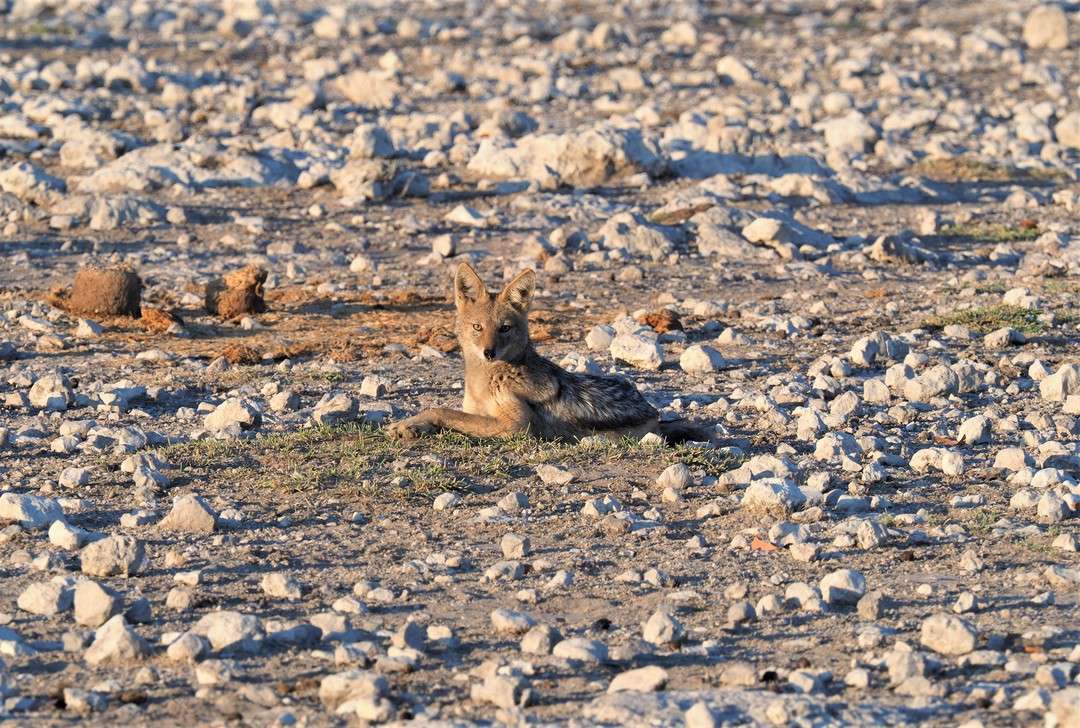
The black-backed jackal Canis mesomelas gets its name from the broad, dark saddle which appears on the upper parts of its body

The power of small things: an eastern chinspot batis
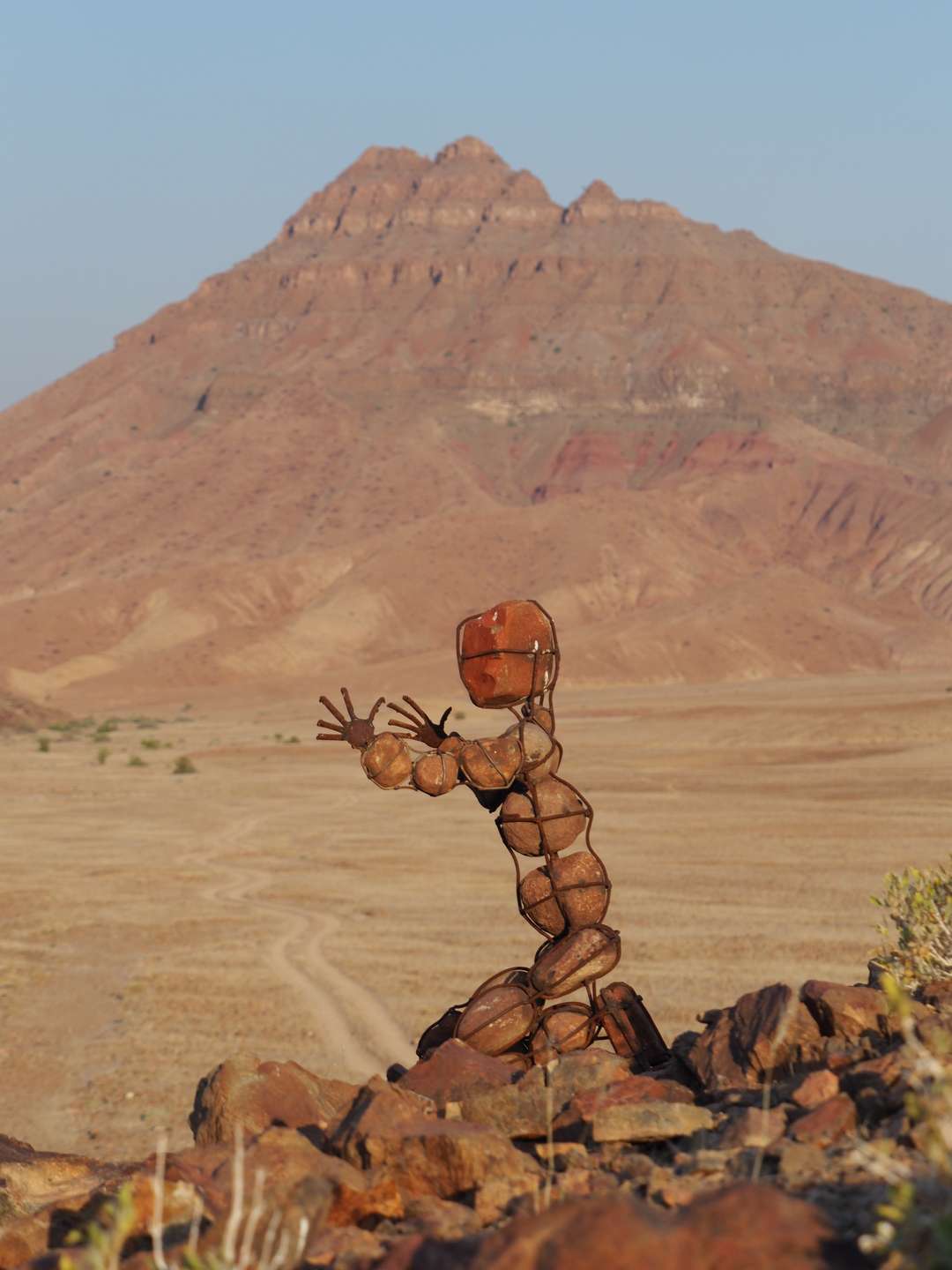
The story of the Lone Men of Namibia is a mystery wrapped in an enigma. These stone men – or rather, sculptures – are scattered all over the country, and are known as Lone Men Art.
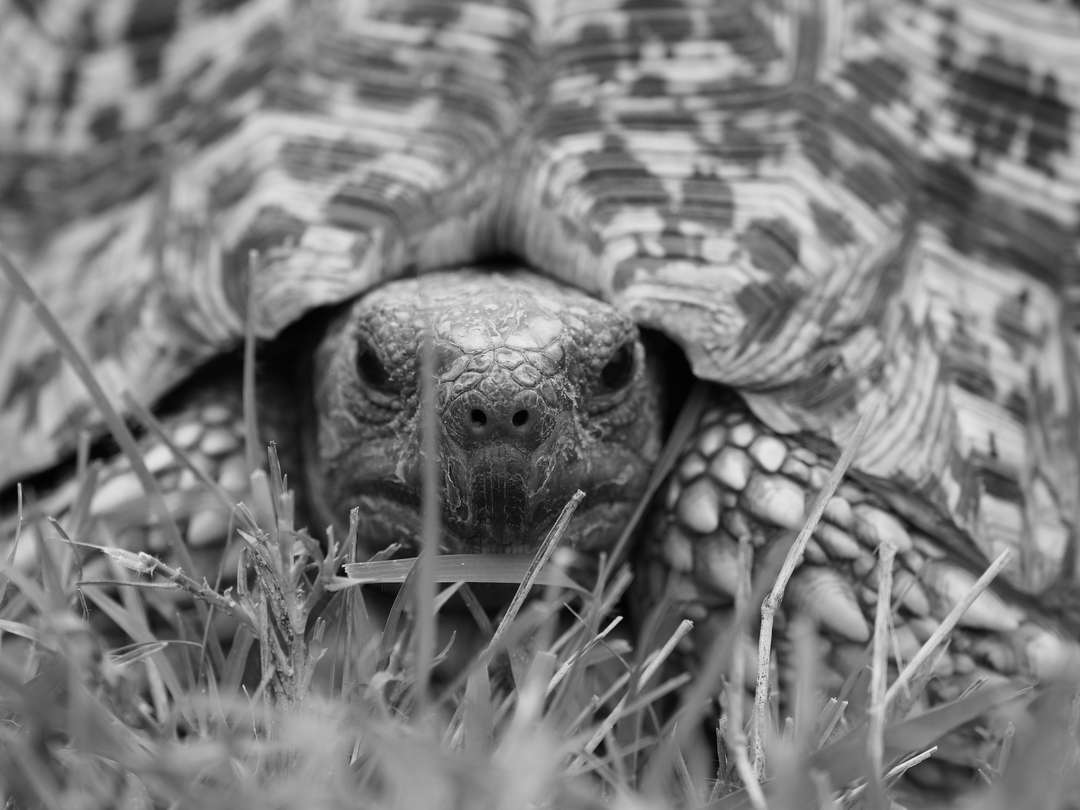
The leopard tortoise Geochelone pardalis is the most common species of tortoise in Namibia
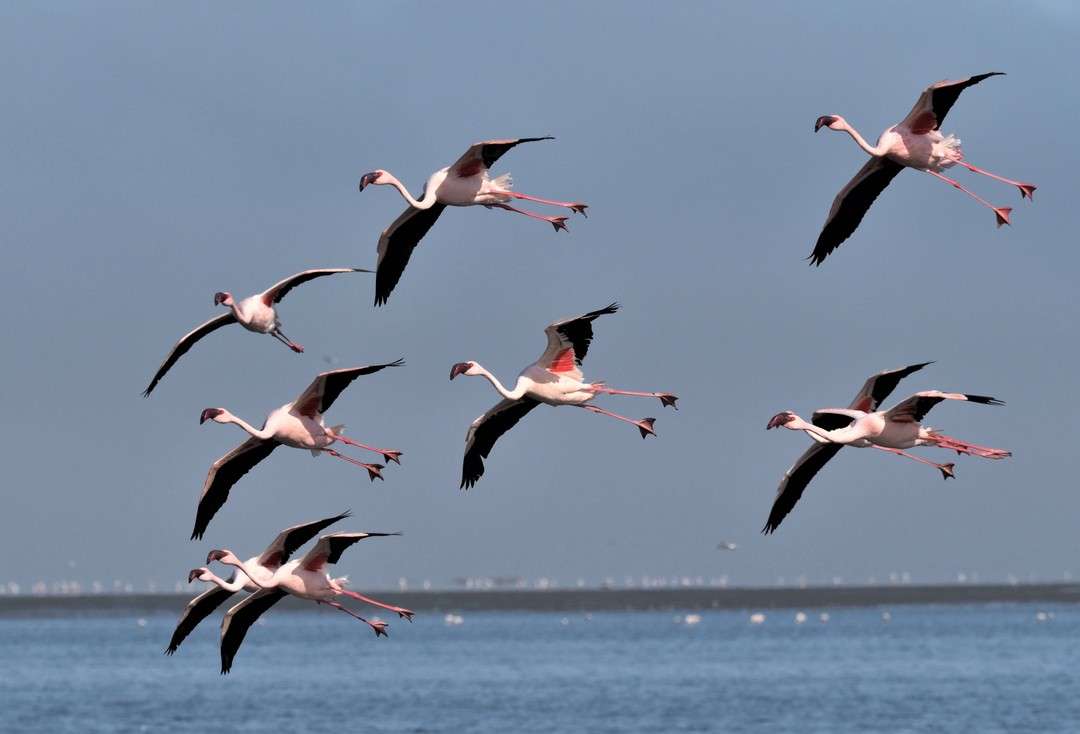
Walvis Bay in Namibia is synonymous with flamingos, and a trip to the area would not be complete without some time spent in their company
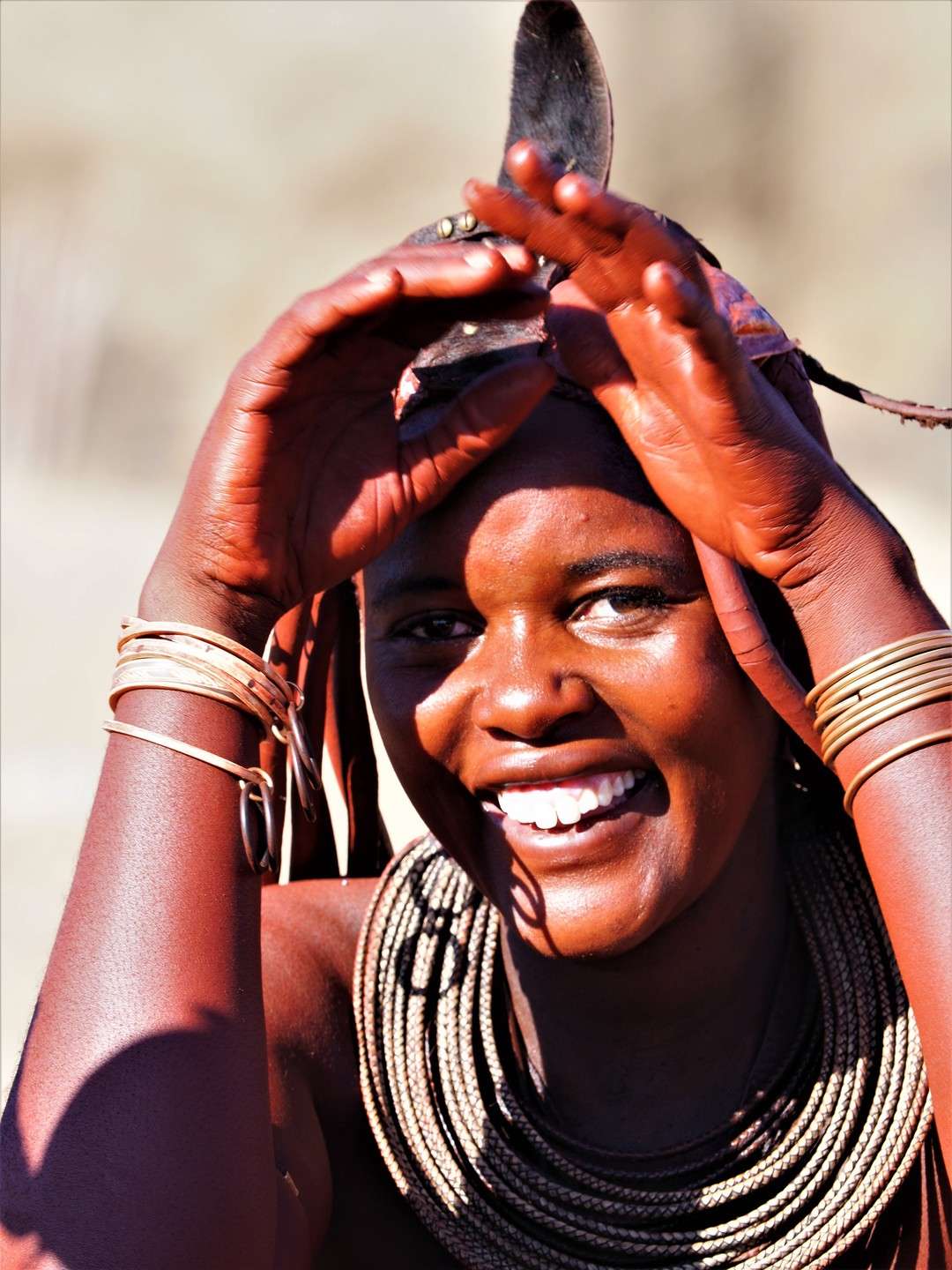
The Kunene Region is home to the semi-nomadic Himba tribe; a respectful cultural encounter with local villagers is offered to guests staying at Serra Cafema on the Kunene River.

The Kunene River is home to a number of water birds, including the Squacco heron
Photographed by Gerhard Thirion

